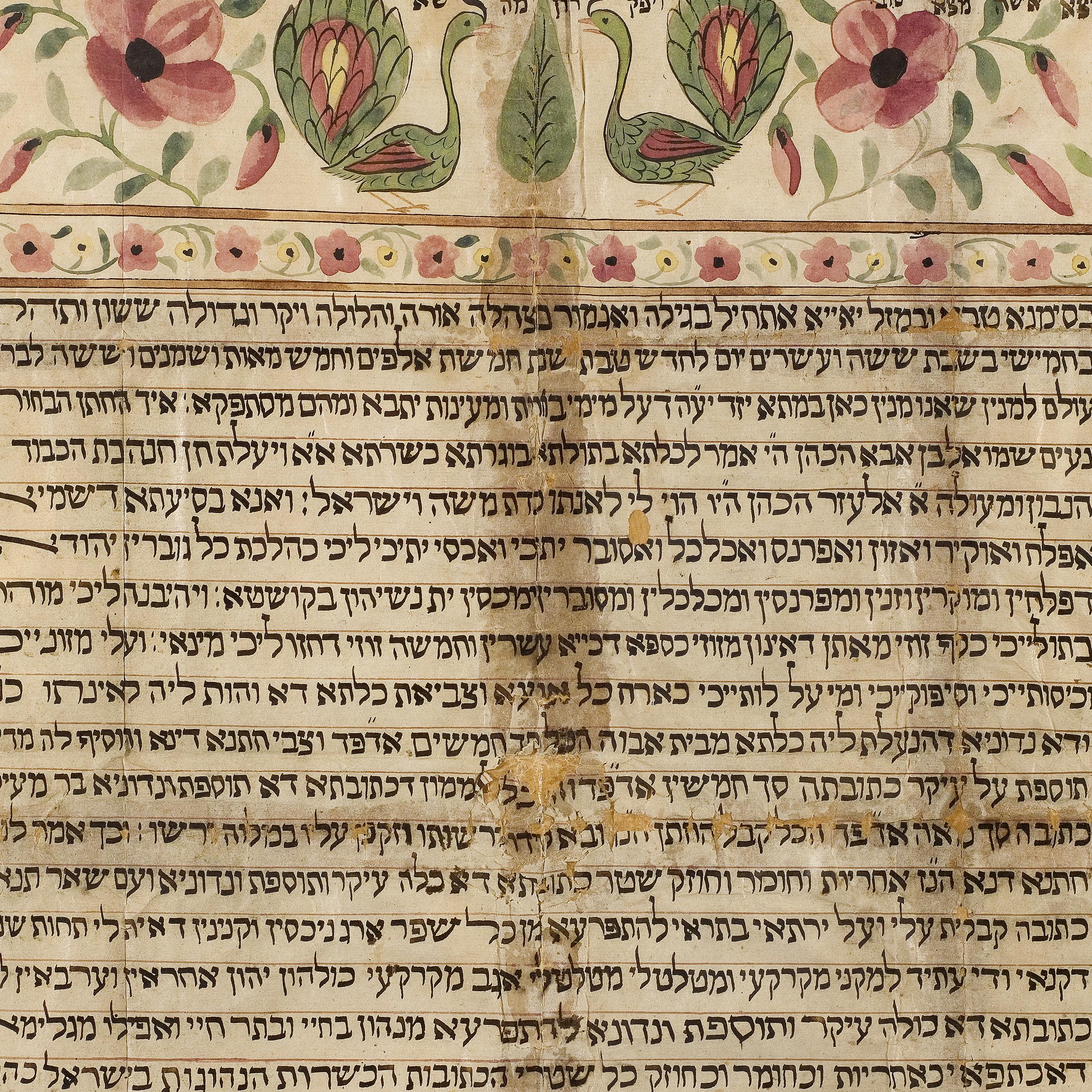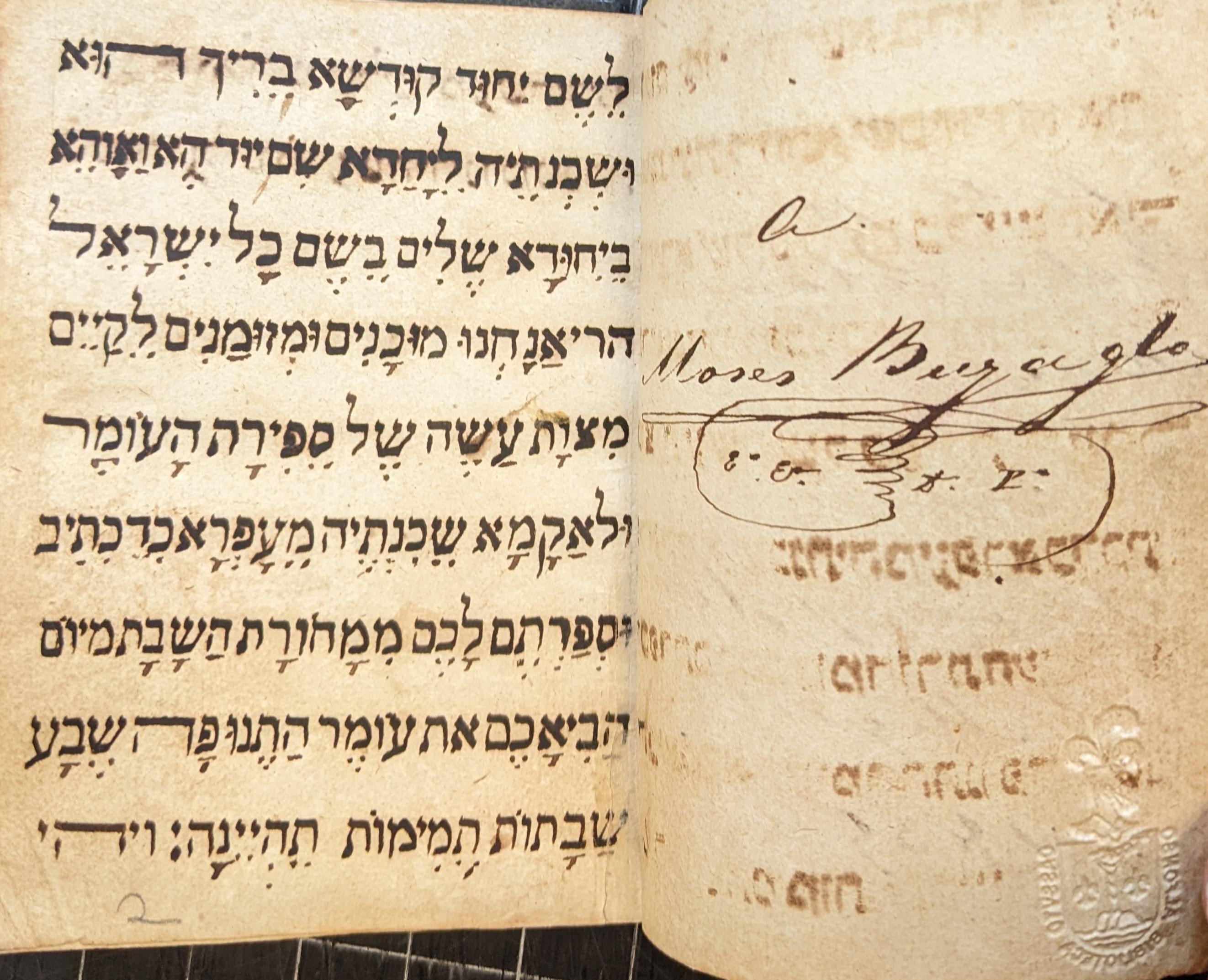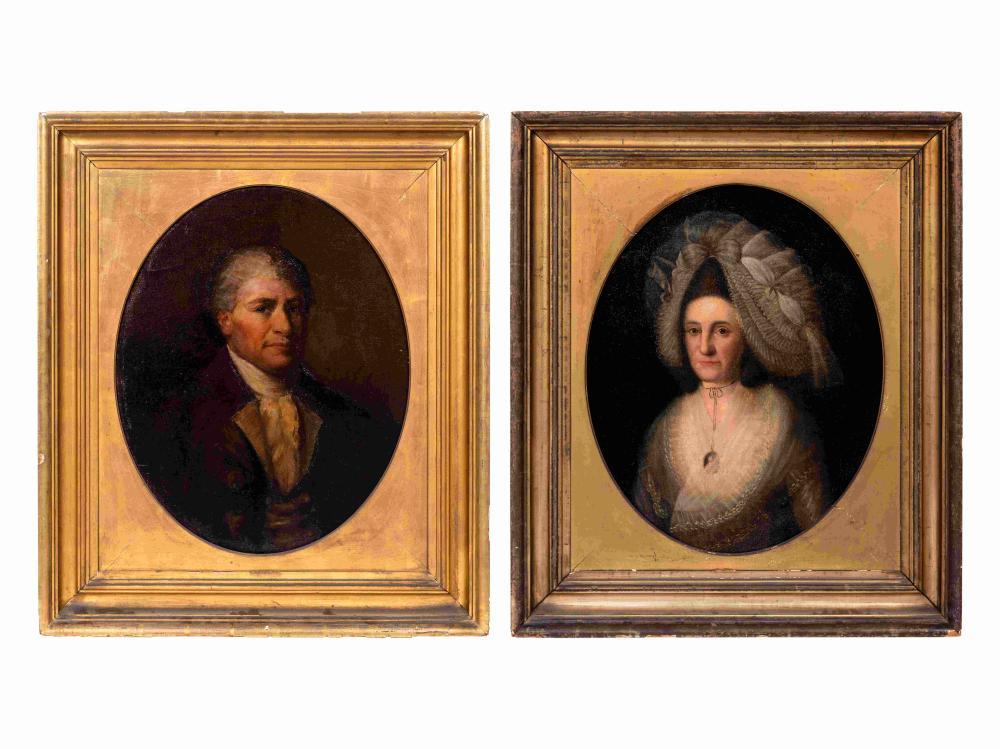A Hebrew Schoolteacher’s Notebook and Other Rare Manuscripts
Penn Libraries’ Rare Judaica Cataloging Librarian gives a tour of some newly cataloged manuscripts, including an early twentieth-century schoolteacher’s notebook from India, a rare medical text, and an eighteenth-century Yemeni prayer book.
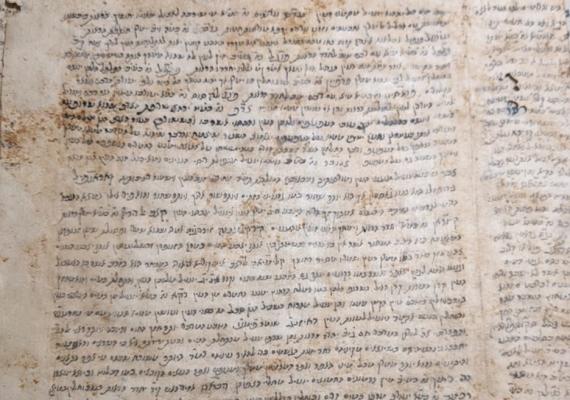
A number of fascinating manuscripts have been cataloged recently in Penn Libraries’ rare Judaica holdings, ranging from legal documents to a personal notebook. Here are some highlights.
Two of the recently cataloged manuscripts come from the former collection of Yosef Goldman (1942–2015). Goldman was a Hungarian scholar of American Judaica, a Judaica collector, and coauthor with Ari Kinsberg of Hebrew Printing in America, 1735–1926, A History and Annotated Bibliography (Brooklyn, 2006).
First, UPenn CAJS Rar Ms 555, Maḥzor: Rite of Yemen (1700?–1799?), is a manuscript prayer book for the complete year in an unspecified Yemeni rite. It was written by a professional scribe, possibly by copying portions of printed Maḥzorim (prayer books for the holy days) which had come from the European continent. Fig. 1 shows an insertion to the beginning of the Yom Kippur liturgy, the Vidui ha-gadol (great confession) of Nissim ben Jacob Ibn Shahin (Iraq, 11th century). Fig. 2 shows a liturgical poem by Abraham ben Meir Ibn Ezra, Lekha eli teshukati, included in prayers for Yom Kippur. The inclusion of the Mishnah Yoma in the Yom Kippur liturgy may have been novel to Yemenite prayer manuscripts at the time.


The second item from Goldman’s collection is this Hebrew schoolteacher’s notebook (UPenn CAJS Rar Ms 556; India, 1900?–1906). Extraordinarily wide-ranging, the teaching materials include the Noahide laws, extracts from the Talmud, and actual lessons regarding topics in Jewish law. Another fascinating feature of this manuscript is a table of prominent Jewish figures in history with their lifespan dates (Fig. 3). Two contemporary names that appear there are Sir Moses Montefiore (1784–1885) and Solomon Judah Löb HaKohen Rapoport (1790–1867), Chief Rabbi of Prague. Fig. 4 shows sayings of the Talmud, with citations, possibly for memorization.


Another exciting manuscript addition to the collection is Gesetz und Verordnüngen über Organisazion der Jüdischen Gemeinden Endingen u[nd] Lengnau (Laws and ordinances on the formation/organization of the Jewish communities [of] Endingen and Lengnau, CAJS Rar Ms 560; June 1824). This is an important document copy of the Organisaziongesetz, the municipal reorganization of the Jewish communities of Endingen and Lengnau in Switzerland. Both villages are in the northeast corner of canton of Aargau (as noted at the top of Fig. 5), a location that is close to the Swiss-German border today. Their communities were ratified and recognized with municipal laws and conditions in this 1824 law. As shown in Fig. 6, the manuscript was notarized and signed by Johann Heinrich Rothpletz (1766–1833), burgermeister to the Canton of Aargau.


Another recent addition to Penn Libraries’ rare Judaica catalog is the Catalog of the Library of Leopold Zunz (UPenn CAJS Rar Ms 562; 1886–1889?). This is a very important manuscript as it is the literary estate of the founder of Wissenschaft des Judentums, Leopold Zunz (1794–1886). Commissioned following Zunz’s death by Frankfurt am Main rare book dealer J. Kauffmann Buchhandlung, it was likely done for the sale and distribution of his library. The subsequent library institutionalization of this manuscript is a memorial to his library collection. The variety of Zunz’s collecting was a prominent fact already at the time, as is evidenced by the careful bibliographic entries in the manuscript. Zunz’s books date from the sixteenth to the late nineteenth centuries.
Fig. 7 shows the calligraphy on the title page with stamps of the book handler as well as the document’s subsequent owner, Moses Gaster (1856–1939). Gaster’s collection was in turn donated to the Judith Montefiore College in Ramsgate, England.
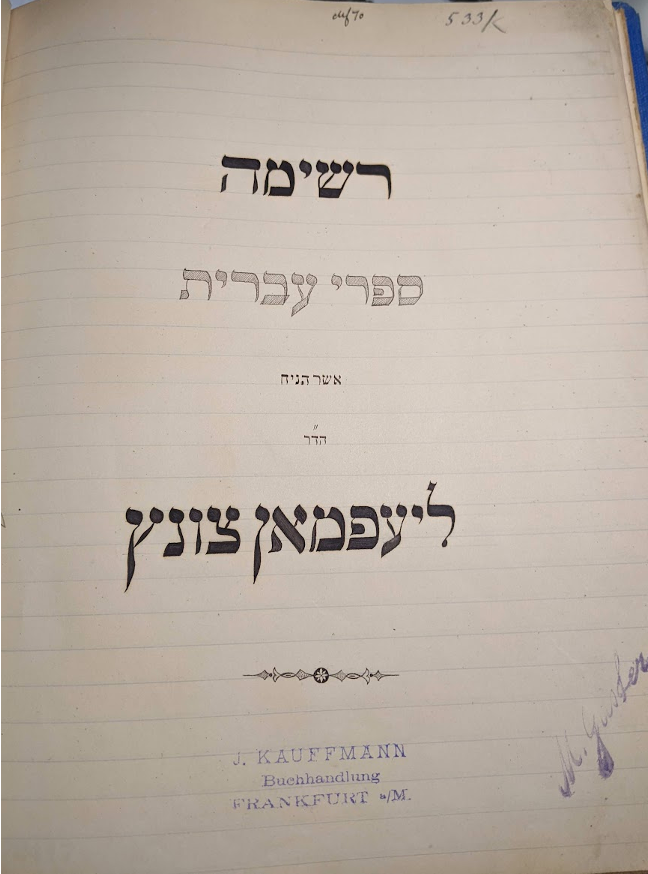
Two medical Judaica manuscripts have been cataloged as well. First up, UPenn CAJS Rar Ms 573 is a rare and unidentified text of materia medica content matter. Materia medica is a broad term in the history of medicine for pharmacological texts. Two leaves (one of which is shown in Fig. 8) survive from a codex manuscript of what appears to be a Jewish adaptation of a larger work, possibly even the prominent work De materia medica by Discorides (first c. c.e.). The manuscript is written in a sixteenth-century hand, probably in the Mediterranean or North Africa, and was extracted from a binding.

The other medical manuscript cataloged is a copy in Hebrew script of Qumri’s Kitāb al-Ghiná wa-al-muná (historically known as the Book of Wealth and Wishes, UPenn CAJS Rar Ms 579). Qumri’s full name was Abū Manṣūr al-Ḥasan ibn Nūḥ Qumrī and he was a court physician to Abu Salih Mansur, emir of the Samanids (died 976). It is believed that Qumri taught medicine to Avicenna.
Kitāb al-Ghiná wa-al-muná is a work of medicine and pharmacology and was written in the style of an encyclopedia. The obscurity of the work today, especially in complete form, makes this manuscript one of the few available, and is the only Judaic version known. It seems to have been copied by a Jewish medical student, probably in Syria. The manuscript is dated March 1848. Wear on the manuscript (visible, for example, in Fig. 9) is evidence of its extensive use by its owner, who had labored to copy it into Hebrew letters.


